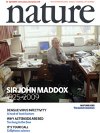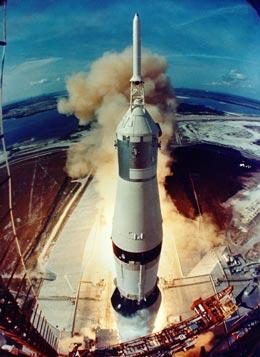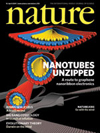 Handling or even contemplating money can relieve both physical pain and the distress of social rejection, according to a study by Chinese and American psychologists. But remembering cash one has spent intensifies both types of hurt.
Handling or even contemplating money can relieve both physical pain and the distress of social rejection, according to a study by Chinese and American psychologists. But remembering cash one has spent intensifies both types of hurt.
The findings suggest that the mere thought of having money makes people feel physically stronger and less dependent on the approval of others to satisfy their needs. “Money activates a general sense of confidence, strength, and efficacy,” the researchers propose.
Read the rest of this news story on Nature News: [html][pdf].
Also summarized by a Mexican outlet, called Reporte Indigo here: [html]
Published online 14 May 2009 | Nature | doi:
10.1038/news.2009.481 News Thoughts of money soothe social rejection Handling cash also eases physical pain. Lucas Laursen A substitute for social acceptance? PunchstockHandling or even contemplating money can relieve both physical pain and the distress of social rejection, according to a study by Chinese and American psychologists1. But remembering cash one has spent intensifies both types of hurt. The findings suggest that the mere thought of having money makes people feel physically stronger and less dependent on the approval of others to satisfy their needs. “Money activates a general sense of confidence, strength, and efficacy,” the researchers propose.
 Handling or even contemplating money can relieve both physical pain and the distress of social rejection, according to a study by Chinese and American psychologists. But remembering cash one has spent intensifies both types of hurt.
Handling or even contemplating money can relieve both physical pain and the distress of social rejection, according to a study by Chinese and American psychologists. But remembering cash one has spent intensifies both types of hurt.
 A real-life network of scientists, policymakers and journalists linked to stem cell research recently found itself cloned on social networking site Facebook. The originals had no control over the profiles, which used their names and photos and which hijacked their real friends in what’s called a sybil attack. Find out more in my news
A real-life network of scientists, policymakers and journalists linked to stem cell research recently found itself cloned on social networking site Facebook. The originals had no control over the profiles, which used their names and photos and which hijacked their real friends in what’s called a sybil attack. Find out more in my news 
 Victor Hess first discovered cosmic rays using a Geiger counter and a hot air balloon in 1911. Today physicists are using hundreds of giant water tanks scattered across the Argentine pampas to try to figure out where the mysterious particles come from, I learned in an interview for this week’s Nature’s
Victor Hess first discovered cosmic rays using a Geiger counter and a hot air balloon in 1911. Today physicists are using hundreds of giant water tanks scattered across the Argentine pampas to try to figure out where the mysterious particles come from, I learned in an interview for this week’s Nature’s